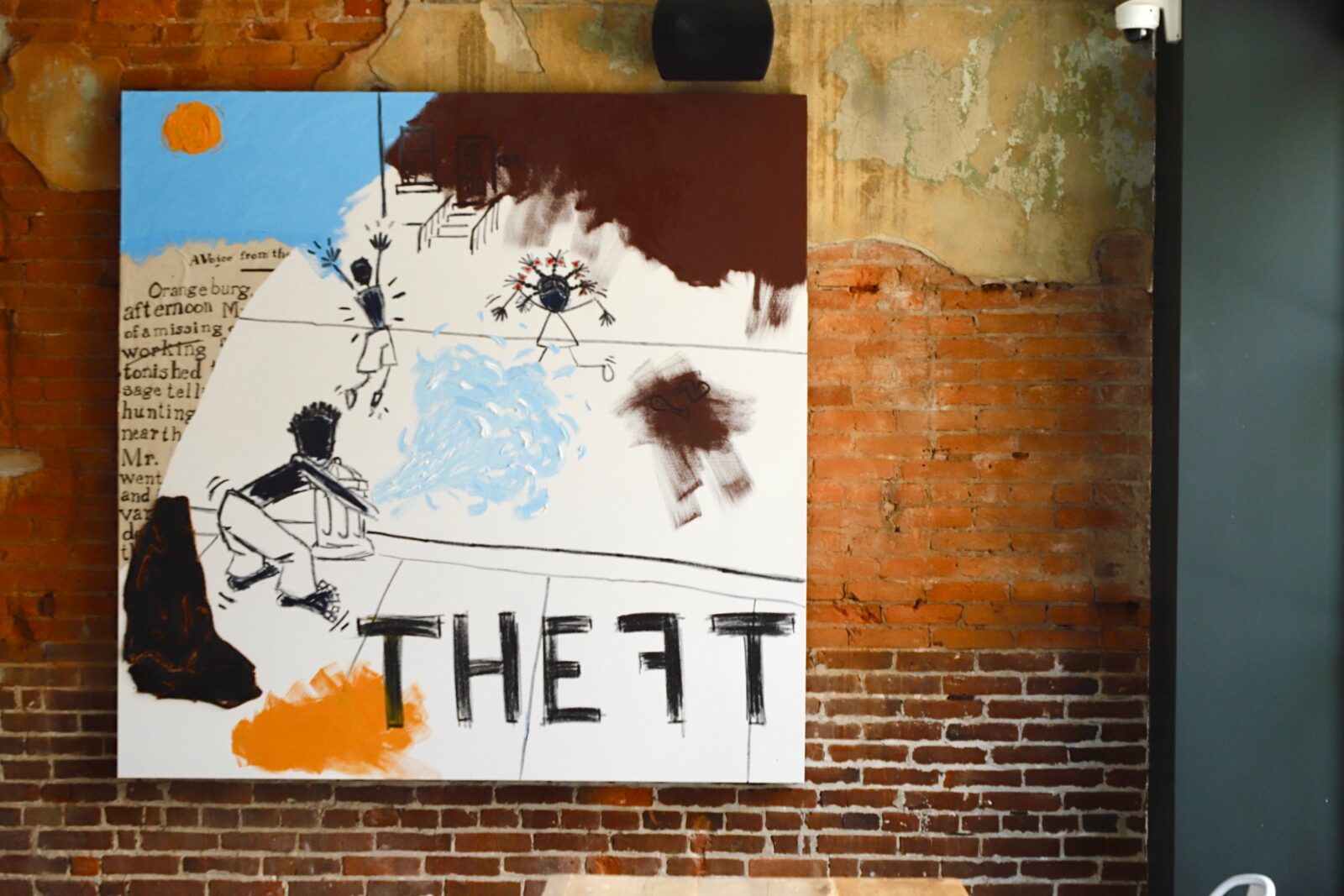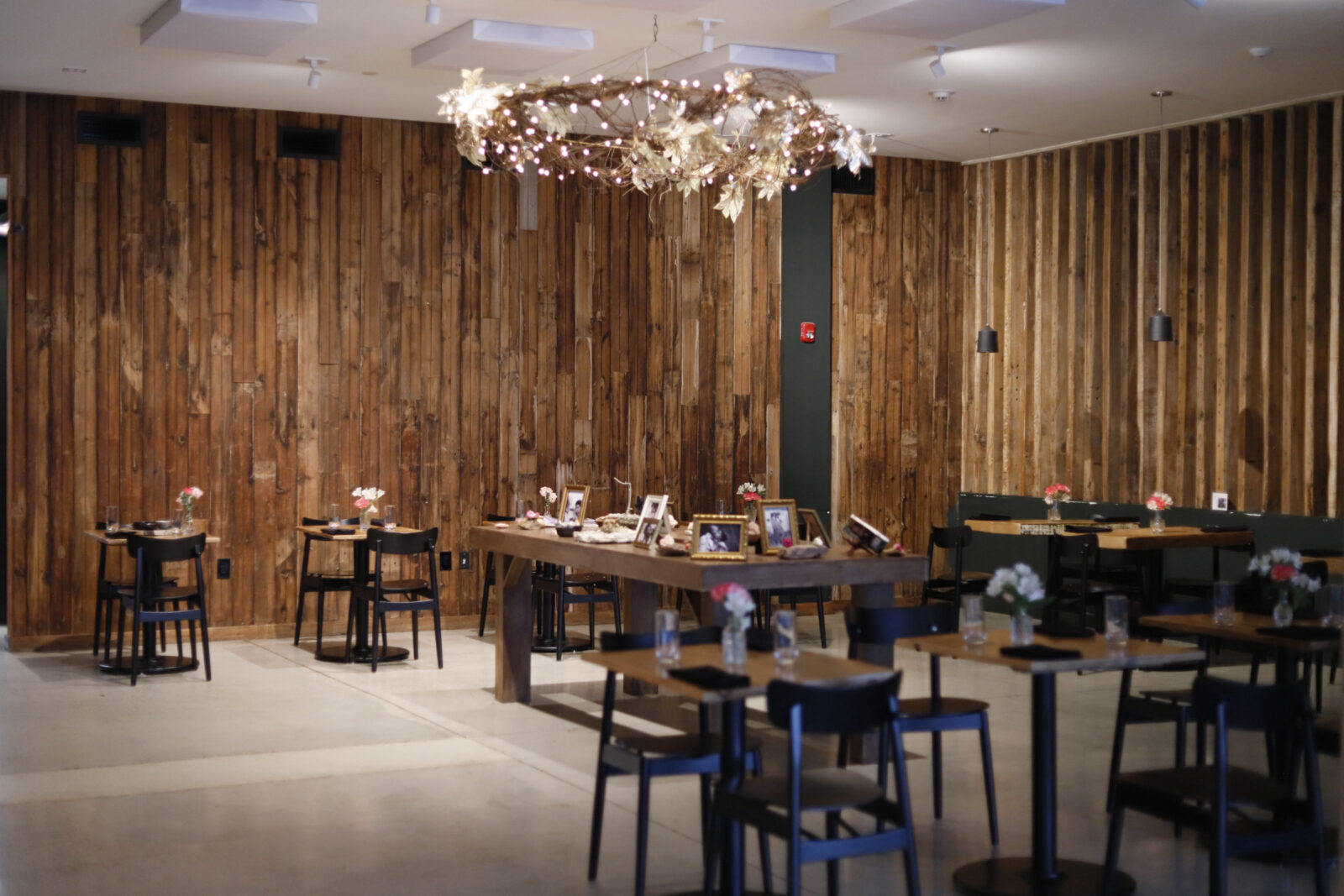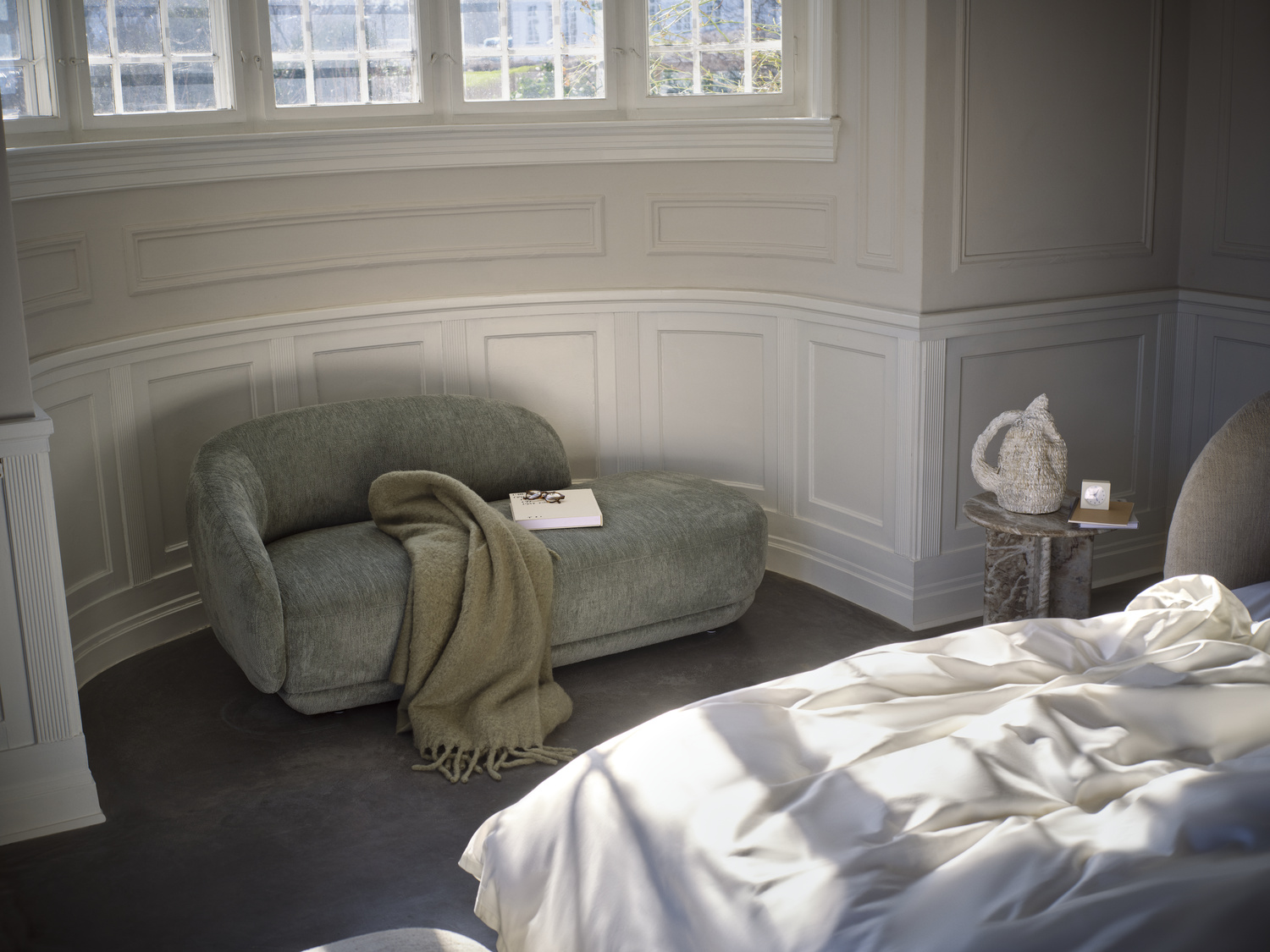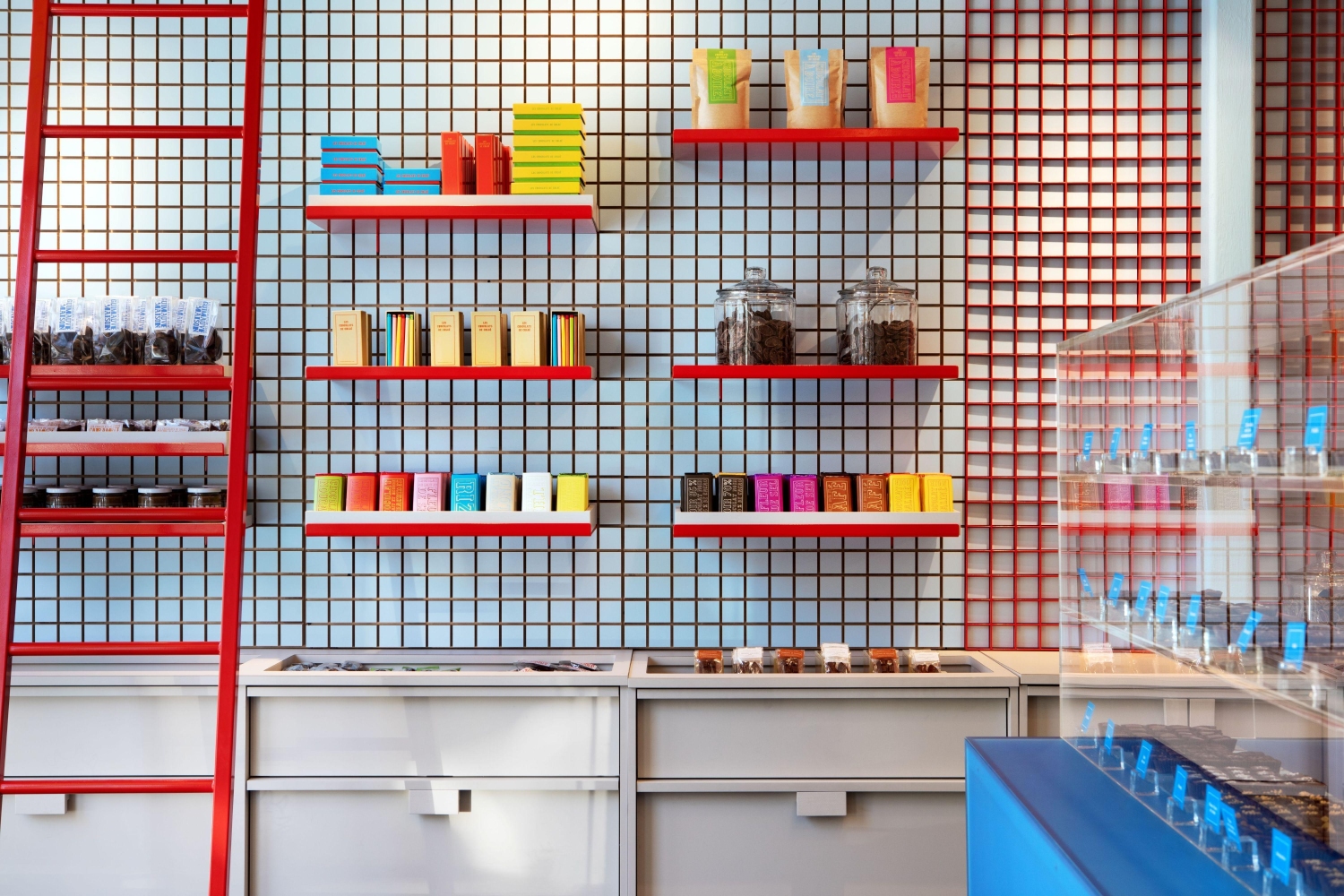Honeysuckle opened this spring in Philadelphia as a cultural sanctuary where food, design and history converge. It was created by James Beard Award–nominated chefs Omar Tate and Cybille St. Aude-Tate, building on the legacy of their acclaimed grocery and café Honeysuckle Provisions.
Omar, a chef, poet and artist named Esquire’s Chef of the Year in 2020 and TIME100 Next in 2021, and Cybille, a Haitian-American chef and writer recognized as a Women of Distinction “Rising Star” and Hospitality Star of the Year, have expanded their vision into a full-service restaurant that carries Black culinary traditions, art and design into a layered experience.

Every element of Honeysuckle is an act of preservation and reclamation. The menu blends Omar’s Southern and Philadelphia roots with Cybille’s Haitian heritage, sourcing seasonal ingredients from Black farmers and their own farm in Elkins Park. Plates arrive as fragments of cultural memory, from molasses-braised sweet potatoes glazed in house-made barbecue sauce to a playful burger that reimagines fast-food nostalgia with caviar remoulade and malt vinegar onions. The beverage program led by Cybille tells its own stories through Haitian clairin, ancestral liqueurs and cocktails like the Zou Zou, a plantain fat-washed cognac sidecar inspired by Josephine Baker.
The design of Honeysuckle carries this storytelling beyond the plate as the space shifts between gallery and gathering place. Altar-like installations, sculptural objects and Omar’s mixed-media artworks turn dining into a multisensory act of remembrance while walls and surfaces echo with ancestry and identity. Tables and seating invite not only eating but also listening and exchange, positioning design as a ritual where every detail is placed to hold memory.


In West Philadelphia, where gentrification often strips neighborhoods of their cultural anchors, Honeysuckle shows how design can hold space for memory and belonging. The restaurant transcends the concept of a corner store. Instead, it feels like an extension of home, a place where residents recognize themselves in the details and see their community reflected. It demonstrates that design is not only about aesthetics but about creating platforms where culture, history and people can continue to flourish.










